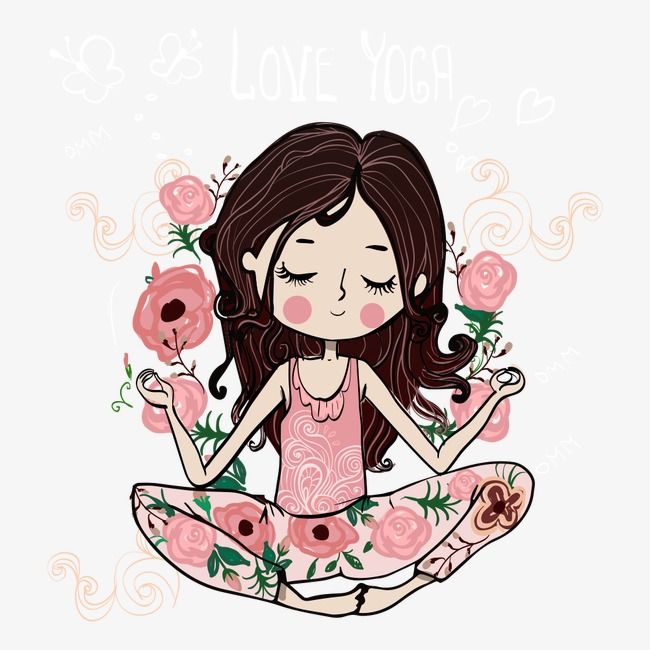Edited By Bhavanii Valentina Polo, Yoga Teacher from Italy

Instead of “art for art’s sake” and art for commercial use, Shrii Prabhat Rainjan Sarkar, has firmly declard that “Art is for Service and Blessedness” and created an organization called RAWA – Renaissance Artists and Writers’ Association. Why would the Gurudeva of Ananda Marga, a spiritual organization, involve himself into discussions about art? Let us see…
Among the various benefits of yoga that are recognized by the scientific community, we find the development of intuition and creativity. In this sense we see an excellent connection with the artistic disciplines, which are often enhancedby yogic practices. In art, one finds inspiration within, and then expresses it in different shapes and colors, movements and sounds. Inyoga, we find that the first five tenets of Yama and Niyama are devoted to the intro-external manifestation of beauty and grace as expressed in the world. The second five tenets of Yama and Niyama, along with the physical aspects of asanas and breathng enable one to observe one’s inner nature, to learn to know oneself through the movement of the body in space, through chanting, listening to one’s own breath, and through meditation. The Art disciplines provide the ability to express one’s being that in other ways would likely remain unexplored, even more so when we consider the variety of tools and techniques available.

For children in particular the union of yoga and art is immediate and easy to understand. Children are free of the limits and obstacles that the average adult has in the field of creative expression , and thus they have greater ability to reproduce their own inner worlds to the outside. Thanks to this ability, the child is at ease both in manual and creative activity. They are similarly free to participate in the disciplines of yoga, which are often experienced in the form of play and song. Contrast this with adults who say, “I’m too fat to practice yoga” or “I’m not flexible enough” or “I can’t concentrate well enough to meditate” and on and on and on, depriving themselves of the joy of uniting the external with the internal.
“To express”, from the Latin expriměre, means to “squeeze”, “to press out” and therefore involves an intrinsic need to let go. This can be conveyed by the aspects of listening and abandonment typical of yoga practice that teaches us precisely to free ourselves from the chains of social norms, and to express ourselves in harmony with Nature. Art in this case is therefore a direct way to establish a connection with one’s own inner world, a concept that is transmitted and emphasized by yogic culture.
What does that mean for children? On the one hand, they begin to understand their own internal psychophysical mechanisms which are fundamental to promoting healthy growth, and thereby develop into conscious adults. On the other hand, there is a greater connection also with the outside world, therefore cultivating respect towards the things that surround us. Let us consider the ancient role of graphic art, when its purpose was to transmit great moral teachings and to remind men and women of their relationship in harmony with the Universe. Although this role has gradually faded away, the ability of art to connect one’s heart with the environment in which he or she lives has remained unchanged. From here one can develop love for the animal and plant world, a sense of gratitude to all things and the perception of being in, not only with the deepest Self but also with the vibrations of the entire Universe.
Personal change dictated by self-awareness is a vehicle that can be translated into broader social dynamics. It is an ecological awareness for the protection and harmonious development of the natural environment. In addition, adherence to the teachings of yogic values and practices have the ability to create the conditions that allow a transformation of the economic system that can produce a balance for the proportionate distribution of resources. Such a system has also been propounded by Shrii Sarkar, and is known as PROUT (Progressive Utiization Theory), and recommends that artists be given due support and freedom of expression. In fact, as men and women who live in a planetary system that is limited and has finite capabilities, we have the need and responsibility to come into harmony with this system and to increase its capacities, Without too much alarm, we know well the result of the unbridled growth in the economic and productive fields that science and technology brought about in the last centuries: As Albert Einstein noted, without corresponding development in the human relations field, it is simply not sustainable. New ways of living with others and with the environment will be indispensable for the sustainability of the whole planet. So why not learn from the ancient teachings of yogic culture and tradition? Our children can be the starting point that helps us to develop a more functional way to the system in which we live.And the artists can lead the way to a society based on Service and Blessedness.
*Authors : Bhavanii Valentina Polo – Yoga Teacher based in Italy, working both with adult and children and always inspired by traditional yogic teachings – Contacts: [email protected]
Rainjiita Raffaella Simonetti – Mathematics and science teacher in the public secondary school. Yoga Teacher for children – Contacts: [email protected]
Sudiipa, Mara Grandinetti, Ayurvedic therapist, Yoga educator, MD and founder of Anima Yoga & Ayurveda Center in South Tyrol, Italy – Contacts: [email protected]
Dr Pashupati Steven Landau MD, a Board Certified Family Practitioner of Medine in Greensboro, North Carolina, USA. He is also an Acarya in the Ananda Marga system of yoga, and President of AMURT in the USA. He plays 10 musical instruments and sings in 9 languages around the world- Contacts: [email protected]

